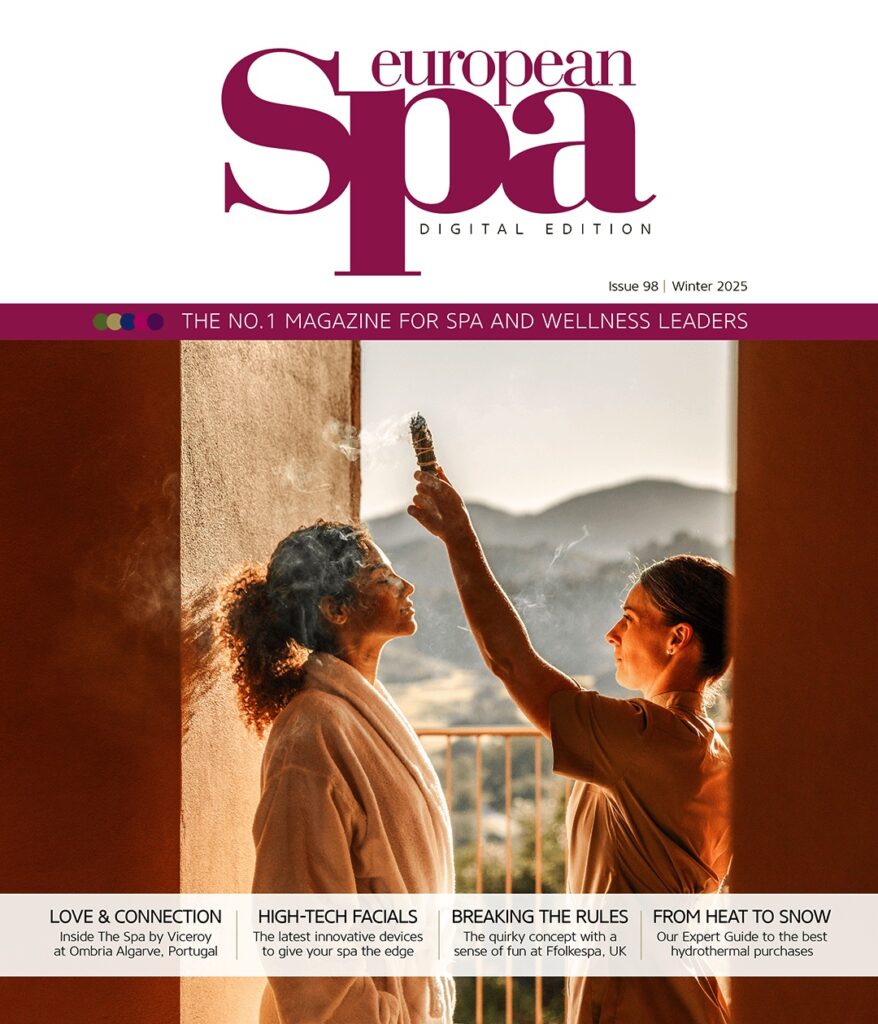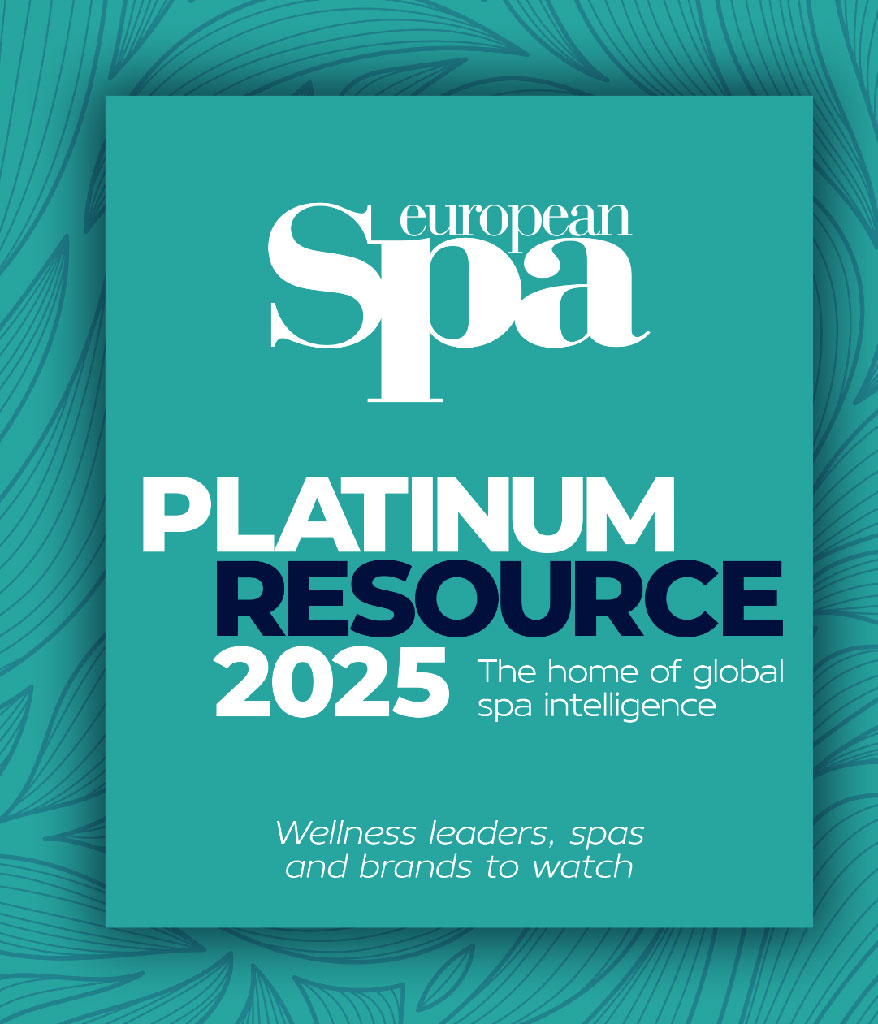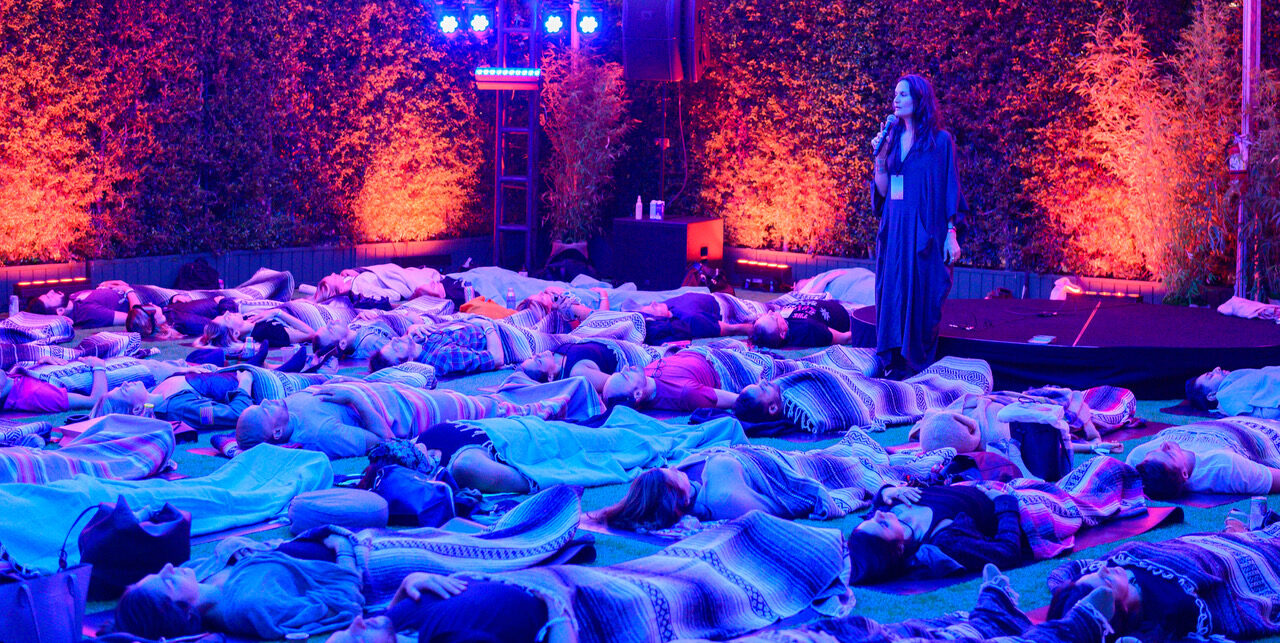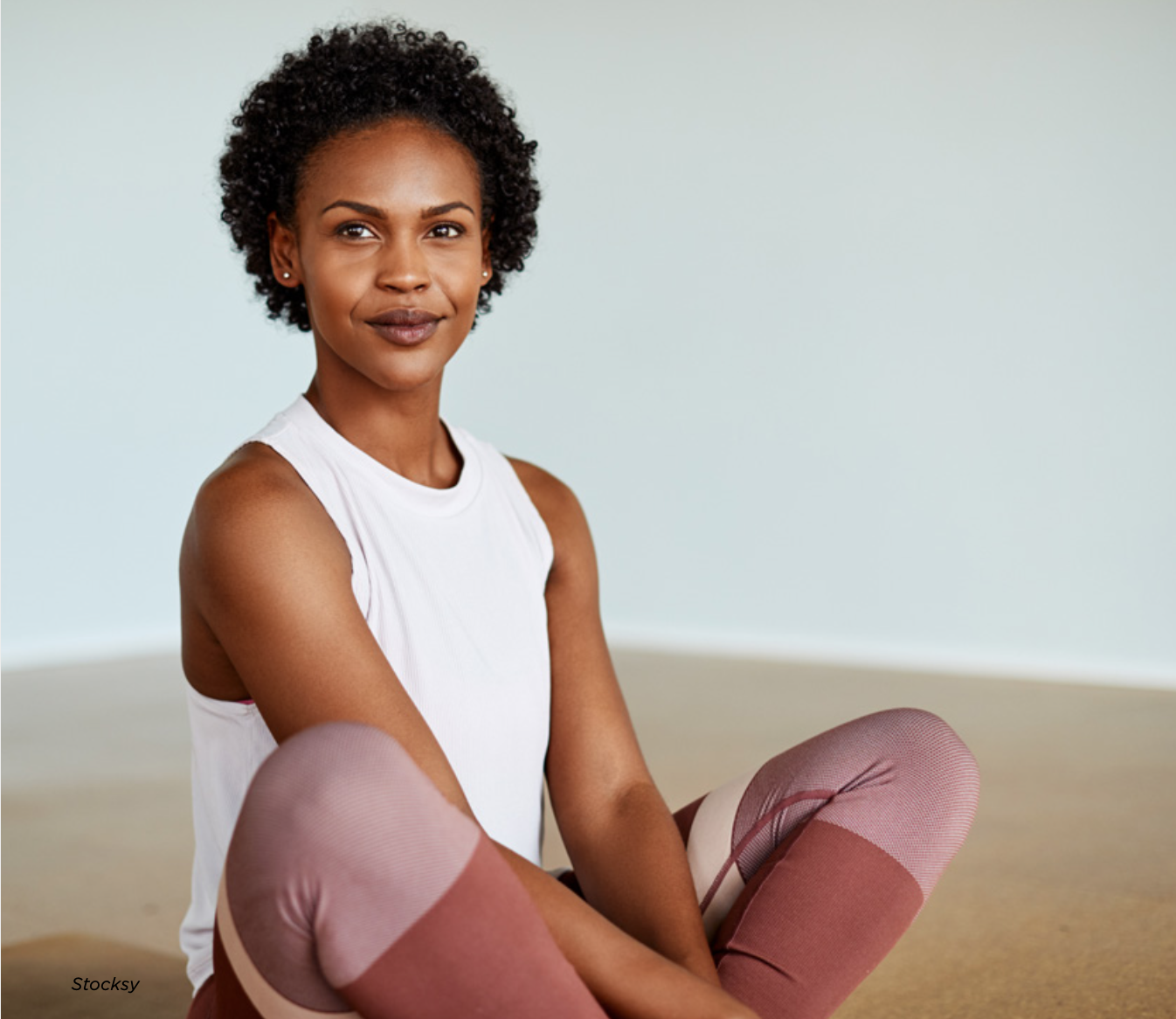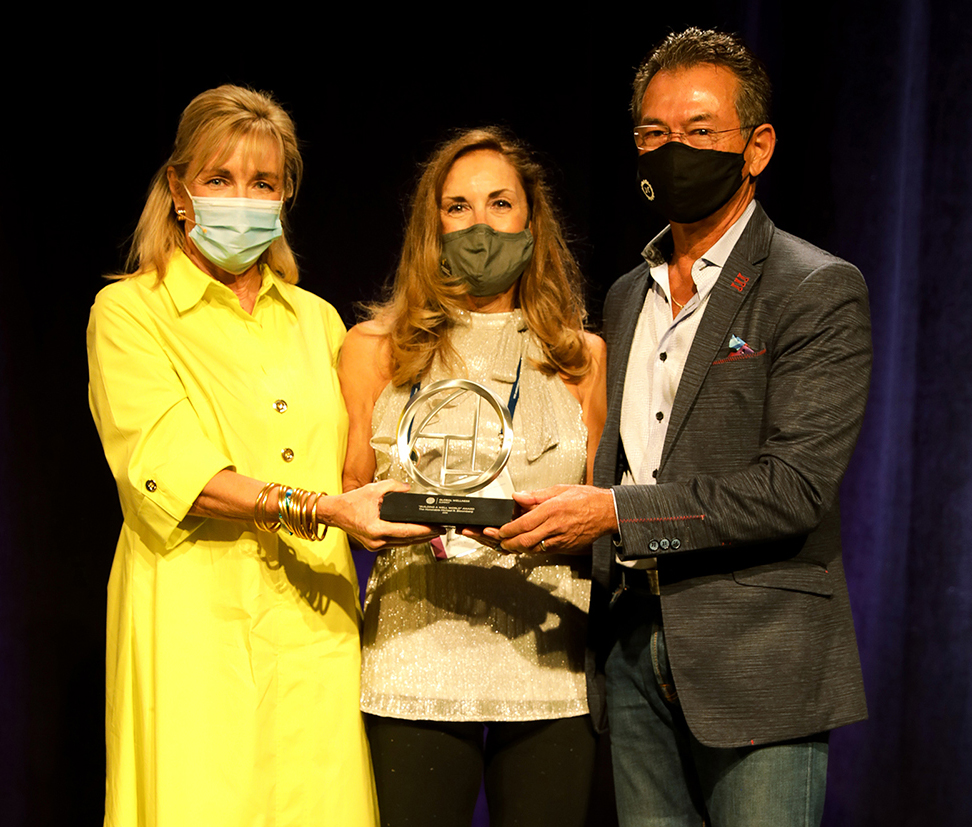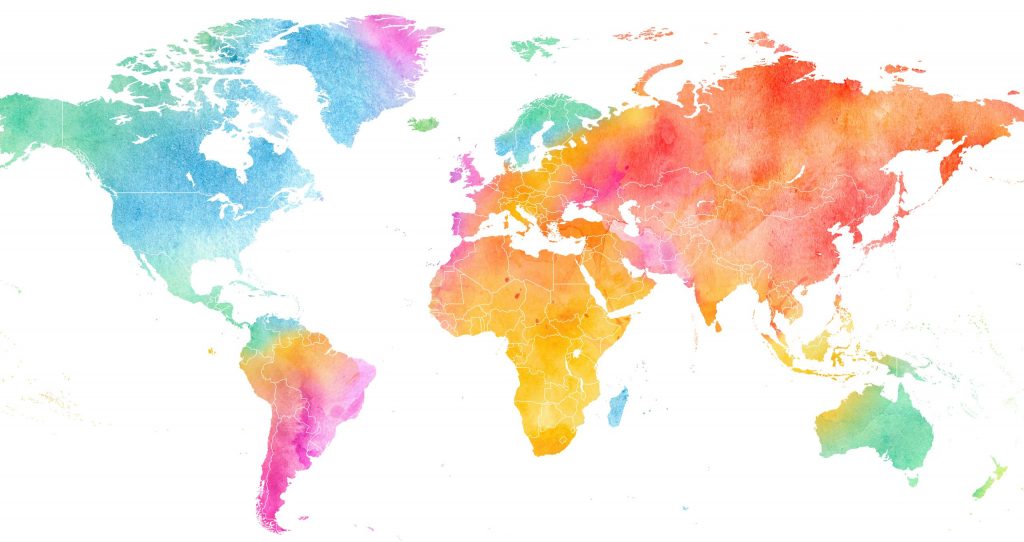TREND #4
Just breathe…
The way we breathe has profound effects on our mental and physical health and breathwork practitioners from Dutch extreme athlete Wim Hof to behavioural physiologist Dr Peter Litchfield, who has been on the vanguard of breathing science for nearly 40 years, are bringing the practice to ever-larger audiences.
Backed by increasing scientific evidence, breathwork is being used to address more and more topics, including physical rehabilitation; fitness; community building; and relief from chronic stress, trauma and PTSD. It might even help us strengthen our immune systems.
Even the simple act of reciting a Shakespearean sonnet can put you in a therapeutic zone, says spiritual breathing pioneer Dan Brulé: “Reading certain poems and prayers out loud slows your breathing to somewhere between four and eight breaths per minute, which lowers blood pressure and decreases cortisol levels.”
Breathwork parties and festivals are on the rise, such as Blisspoint, run by digital nomad Lisa de Narváez, which curates club-like soundscapes embedded with customised frequencies to help people connect with their breath.
There are even studies that point to breathwork as a possible therapy for one of the world’s deadliest diseases: hypertension. Perhaps the best part of all, breathwork costs absolutely nothing.
According to James Nestor, author of Breath: The New Science of a Lost Art and a 2020 GWS keynote speaker, there is a bright future for breathwork: “I think a lot of people have ignored breathwork because it’s so simple and it’s free. There is so much research out there and so many people are discovering for themselves how transformative it is, I think it will keep growing. I certainly hope so because we need it now more than ever.”
